Explore null | Canon Latin America

RF 35mm f/1.4L VCM
- RF 35mm f/1.4L VCM Lens
- Lens Cap E-67II
- Lens Dust Cap RF
- Lens Hood EW-73F
- Lens Case LP1219
- Rear Filter Holder
-
OVERVIEW
-
SPECIFICATIONS
-
ACCESSORIES
-
RESOURCES
-
SUPPORT
-
MISCELLANEOUS
- The latest L-Series hybrid lens featuring an iris ring for manual iris control during video capture.
- A Nano USM is used for floating focus and a Voice Coil Motor (VCM) for rear focus which allows for quiet independant or synchronized actuation at high speed, great for video.
- Improved durability and weather-resistant construction for use in harsh environments helps ensure reliability and dependability.
- Incredibly minimal focus breathing.
- Air Sphere Coating (ASC) helps significantly reduce lens ghosting and flare.
- This lens features 2 UD elements to minimize chromatic abberration, and 2 aspheric lenses for incredible quality from edge-to-edge.
- Comes with attachable rear filter holder.
This lens has a lot going for it. You already know about the new VCM and Iris control ring, but there is so much more. You can attach filters to this lens in two ways, a front 67mm screw thread allows for screw-on filters, and in the back of the lens is a cut gel filter holder (bundled). You also have a control ring and a control button both of which you can assign functions to. This lens is also dust and weather resistant, has two aspheric lenses, and ASC (Air Sphere Coating) to reduce ghosting.
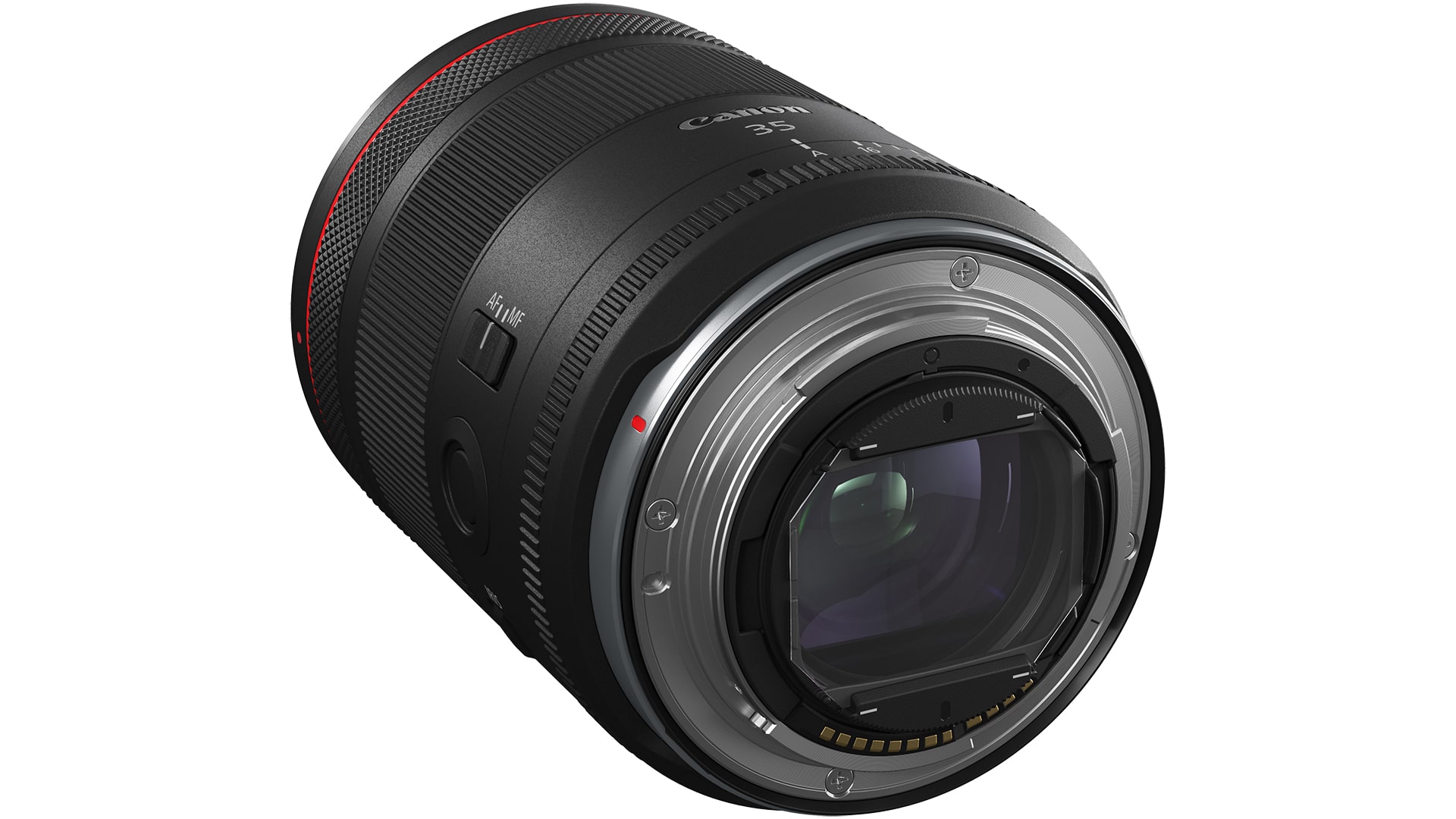
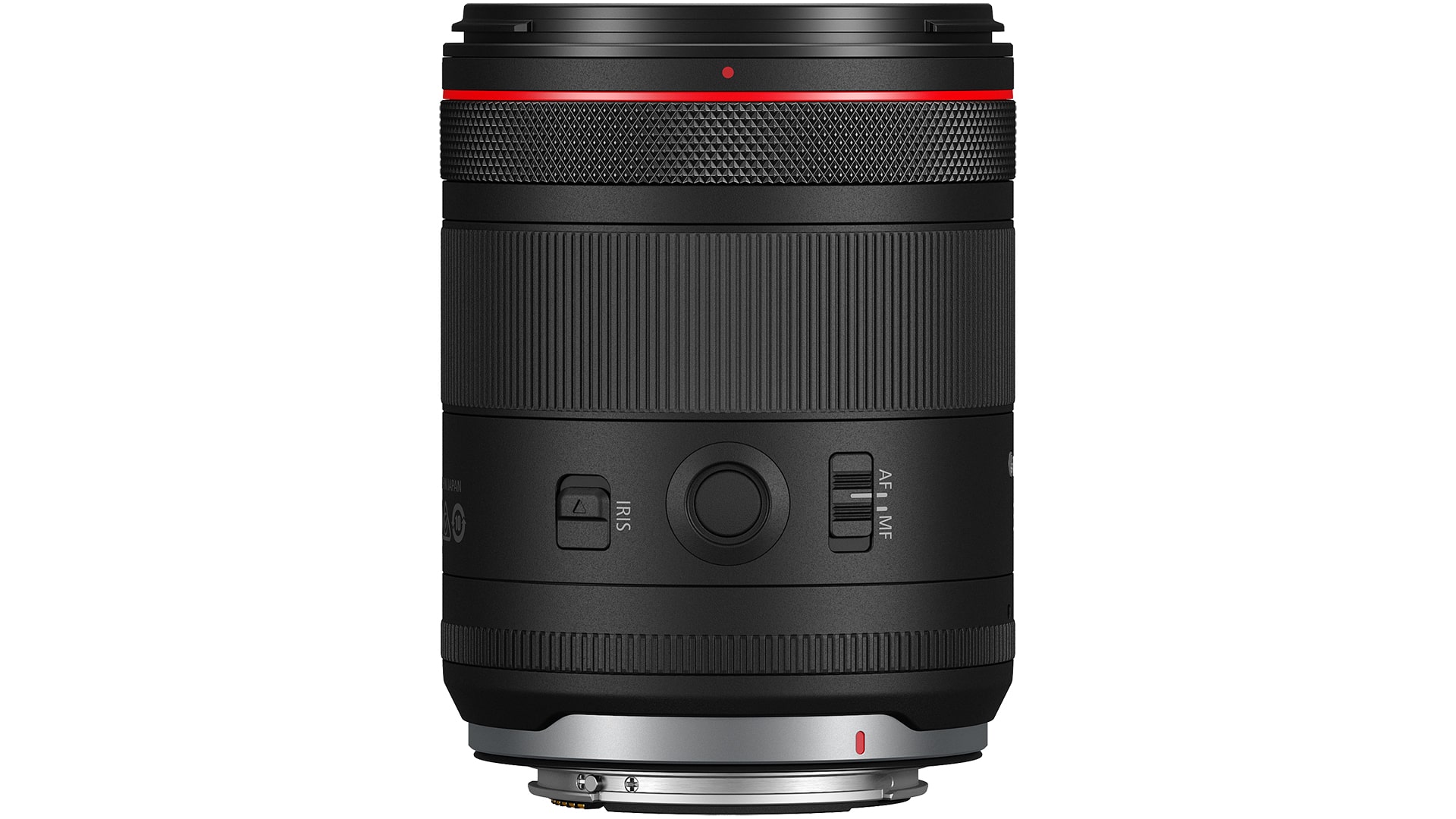
The RF 35mm f/1.4L VCM is part of a series of “hybrid” lenses that focus on video performance as much as still photography. One of these new features is a change to how the focus system works. There is a Nano USM that controls the floating focus unit, and a new VCM (Voice Coil Motor) that powers the rear focus unit. These focus motors work in tandem for incredible speed in near silence. One important note about the VCM is that it requires power to hold its position, so when the camera is off, or the lens is not attached to a camera, you may hear and feel slight movement. This is normal, and there is extra cushioning inside the lens to help prevent damage in this situation.
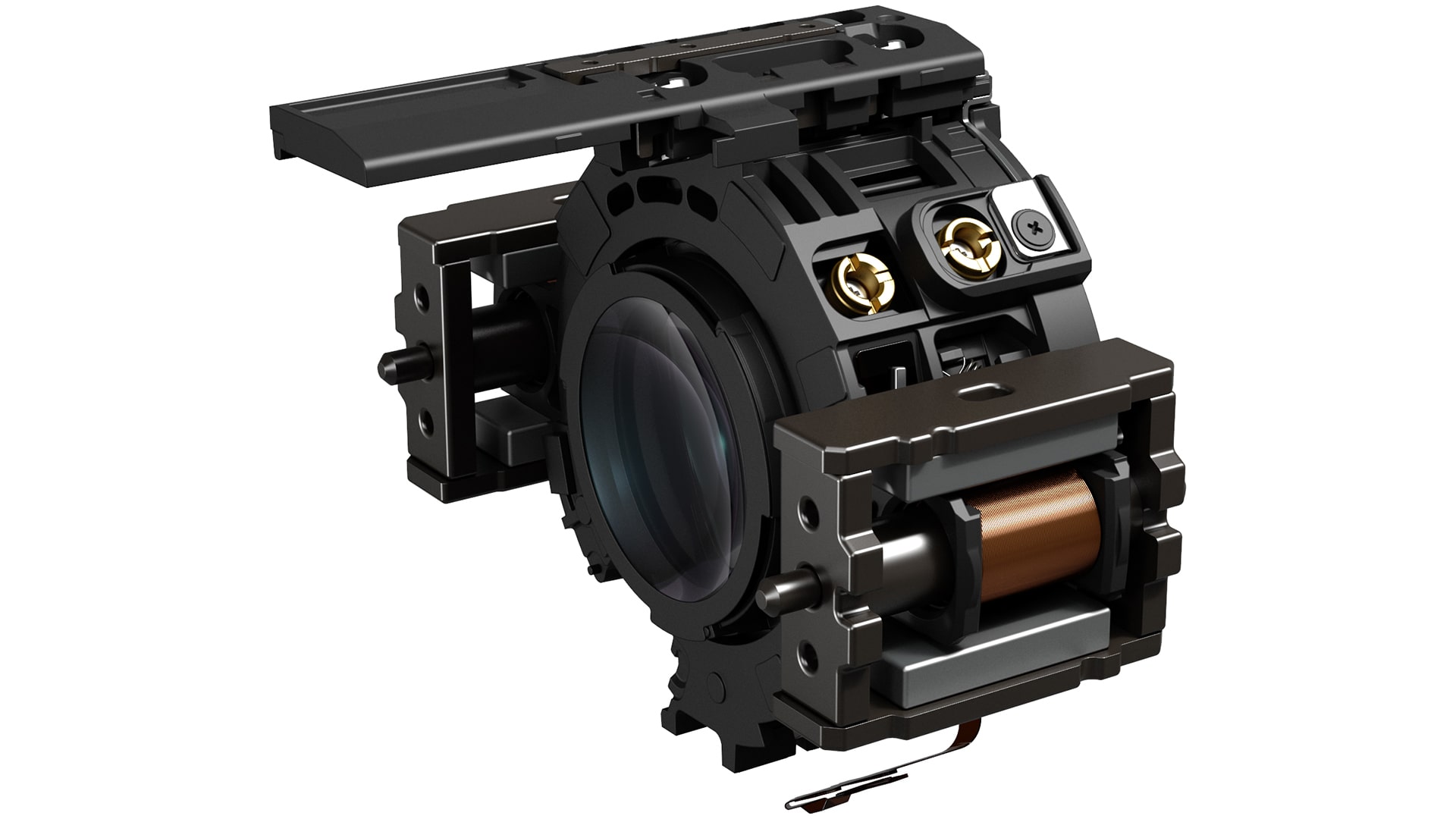

Again, thanks to the Canon RF lens mount, the RF 35mm f/1.4L VCM lens offers great optical quality. Its optical design includes two UD lenses and two aspheric lenses as well as Air Sphere Coating (ASC) to reduce ghosting, and Fluorine coating on the front and rear lens surfaces to help mitigate smudges. On top of that, this lens features the same dust- and water-resistance found on L-series lenses with seals around the Control ring, focus ring, zoom ring, operation panel, and lens mount.
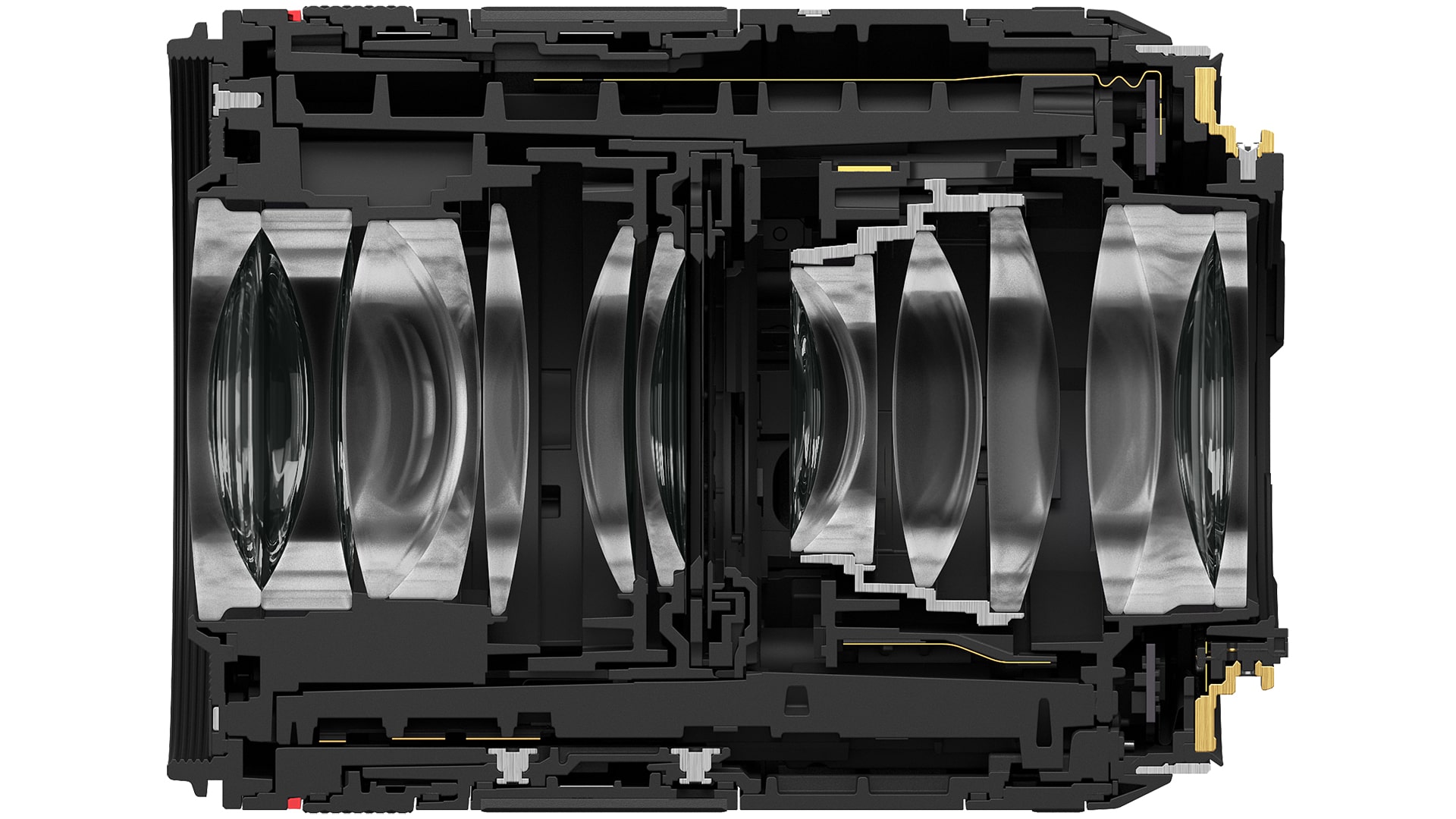
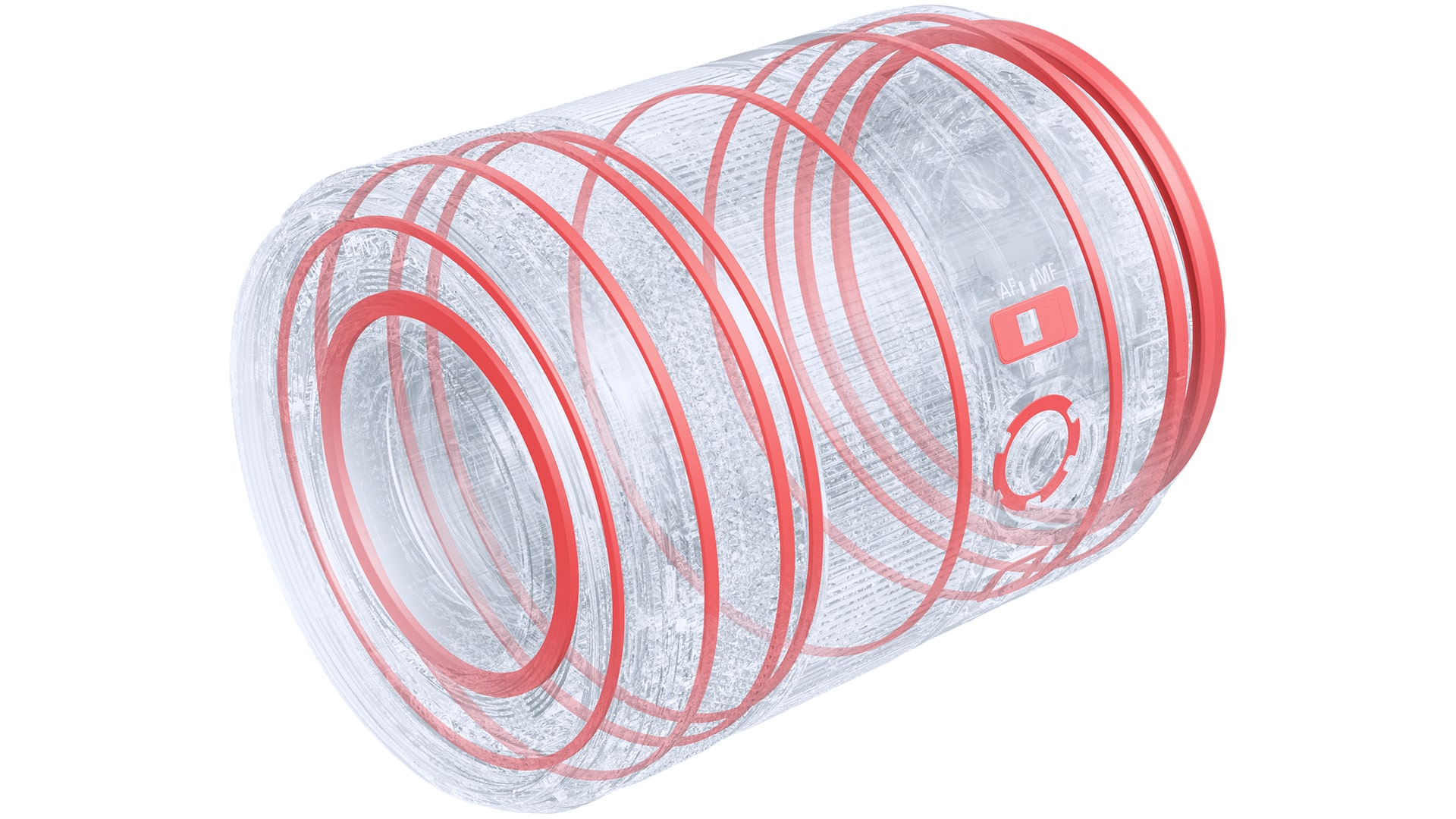
This lens is part of a new family of “hybrid” lenses that focus on video creation as much as still photography. To that end, this lens features a manual iris control ring so you can smoothly change the aperture from f/1.4 to f/16 during video capture. Thanks to advancements in lens design, focus breathing on this lens is extremely minimal, and backlit images are sharp. Combine all of these features, and you’ve got a great video lens in your hands.

With a minimum focus distance of just under 11 inches, and an f/1.4 aperture you can capture some really compelling imagery that is unlike anything else.


- Windows Server 2025
- macOS 14
- macOS 13
- Windows 11
- macOS 12
- Windows Server 2022
- macOS 11
- Linux MIPS
- Linux ARM
- macOS 10.15
- macOS v10.13
- macOS v10.14
- Windows Server 2019 (x64)
- macOS v10.14
- macOS v10.13
- Windows Server 2016 (x64)
- macOS Sierra v10.12
- Linux 64bit
- Linux 32bit
- OS X v10.11
- Windows 10
- Windows 10 (x64)
- OS X v10.10
- OS X v10.9
- Windows Server 2012 R2 (x64)
- Windows 8.1 (x64)
- Windows 8.1
- Windows Server 2012 (x64)
- Windows 8
- Windows 8 (x64)
- Windows 7
- Windows 7 (x64)
- Windows Vista
- Windows Vista (x64)
- Windows XP
- Windows XP (x64)
- Windows Server 2008
- Windows Server 2008 (x64)
- Windows Server 2008 R2 (x64)
- Windows Server 2003
- Windows Server 2003 (x64)
- Windows Server 2003 R2
- Windows Server 2003 R2 (x64)
- Windows 2000
- Windows NT
- Windows 3.1
- Windows Me
- Windows 98
- Windows 95
- Mac OS X v10.8
- Mac OS X v10.7
- Mac OS X v10.6
- Mac OS X v10.5
- Mac OS X v10.4
- Mac OS X v10.3
- Mac OS X v10.2
- Mac OS X v10.1
- Mac OS X
- Mac OS 9
- Mac OS 8
- Linux (x64)
- Linux (x32)
- Linux
Locating and installing your download Locating and installing your download ES Locating and installing your download PT
How to identify your OS version
To help determine which Windows operating system is running on your computer, please view the below steps:
Windows 11
Click on the Windows button (located left to the Search at the bottom).
Click on the Settings button to navigate to the system settings.
Scroll to the bottom of the page and click on the About button.
You will be able to find your Windows operating system under the Windows Specifications section.
Windows® 10
Click Start or click the Windows button (usually found in the lower-left corner of your screen).
Click Settings.
Click About (which is usually located within the lower left of the screen). The next screen should display the Windows version.
Windows 8 or Windows 8.1
Option1: Swipe in from the upper-right corner of the screen while viewing the desktop in order to open the menu, then select Settings.
Select PC Info. Under Windows edition, the Windows version is shown.
Option 2: From the Start Screen
While on the Start screen, type computer.
Right-click on the computer icon. If using touch, press and hold on the computer icon.
Click or tap Properties. Under Windows edition, the Windows version is shown.
Windows 7
Click Start or click the Windows button (usually found in the lower-left corner of your screen).
Right-click Computer and select Properties from the menu. The resulting screen should now display the Windows version.
Linux
To check the version of your Linux operating system (OS), you can use the following commands in your terminal:
1. uname -r: Displays your Linux kernel version.
2. cat /etc/os-release: Displays your distribution name and version.
3. lsb_release -a: Displays specific details about your Linux distribution and version.
4. You can also use the hostnamectl command to display the Linux kernel version. However, this command is only available on Linux distributions that use systemd by default.
To help determine which Mac operating system is running on your computer, select the Apple menu in the upper-left corner of your screen and choose About This Mac.
Upon selecting, you should see the macOS name followed by the version number.
Canon U.S.A Inc. All Rights Reserved. Reproduction in whole or part without permission is prohibited.